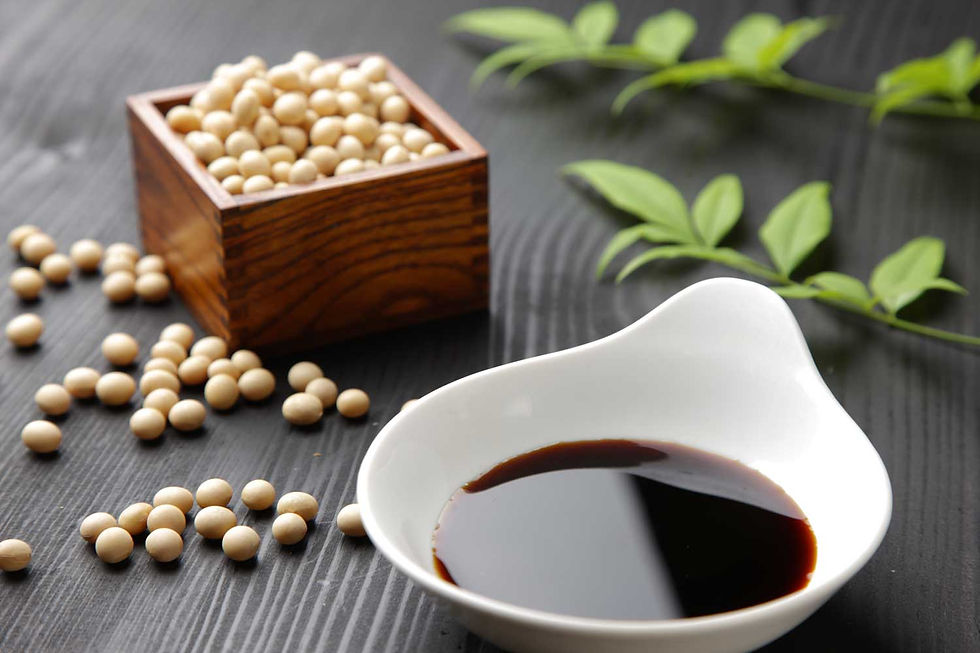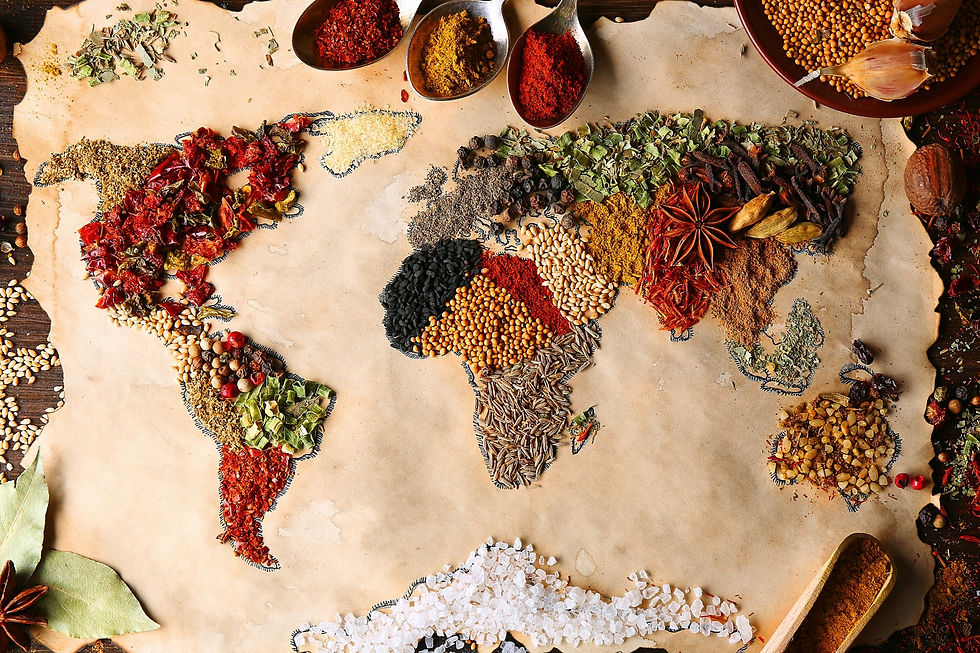What is Soy Sauce anyway?
- asciaadubai

- Nov 30, 2018
- 2 min read

Mash up soybeans and you get a bland, pale paste.
Soak them, boil them, mix them with wheat, salt and special yeast, let them ferment for several months, and finally strain and pasteurise them, and you get what is possibly the world’s oldest condiment, dating back to ancient China.
It’s a complex process but you can make soy sauce yourself, which we highly recommend. The final product comes in a wide range of flavours, depending on the variety of soybeans, types of yeast (koji, in Japanese), ratios of various ingredients and changes in the fermentation process.
The most common soy sauces are Japanese and Chinese in style. Chinese soy sauces tend to use relatively little or sometimes no wheat as a base, where Japanese soy sauces can be made with a 50/50 ratio of soy to wheat, or even higher (soy sauce is often not gluten free).
This blog from Cuisitive details many specific Japanese and Chinese soy sauce varieties, complete with their native titles. For the lay cook, here is a brief outline of some of the most common soy sauce categories
Chinese light
Often labelled “fresh”, “thin” or “pure bean”, Chinese light soy sauces have little or no wheat and few additives. They have a thinner consistency with a very sharp, salty taste. Most of the time they are made directly from fresh beans, although can be double-fermented (using fresh sauce as the brine for a new sauce) for an even darker and more complex flavour.
Chinese dark
Dark or “blended” Chinese soy sauces tend to be fermented for longer, giving them a more robust flavour but the heightened saltiness is balanced out with molasses or sugar, which makes them thicker and sweeter. Chinese dark sauces may be infused with mushroom, shrimp or spices. They are usually used as an ingredient rather than a condiment.
Japanese dark
Again, the biggest difference between Japanese and Chinese soy sauces is the use of wheat. The most common Japanese soy sauces are considered to be dark, using a roughly one-to-one wheat to soy ratio, making them thicker and milder than their Chinese counterparts. Japanese dark soy sauces are very versatile; they’re useful for preparing ingredients, cooking and as a condiment.
Japanese light
Light Japanese soy sauces get their paler colour from the addition of amazake, a non-alcoholic drink made from fermented rice. They have a sharper, more pungent flavour than dark soy sauces, and are typically used before cooking to season ingredients without turning them dark.
Tamari
A Japanese soy sauce that is made in a Chinese style with little or no wheat. It is dark, sharp and usually used as a dipping sauce rather than when cooking.








Comments